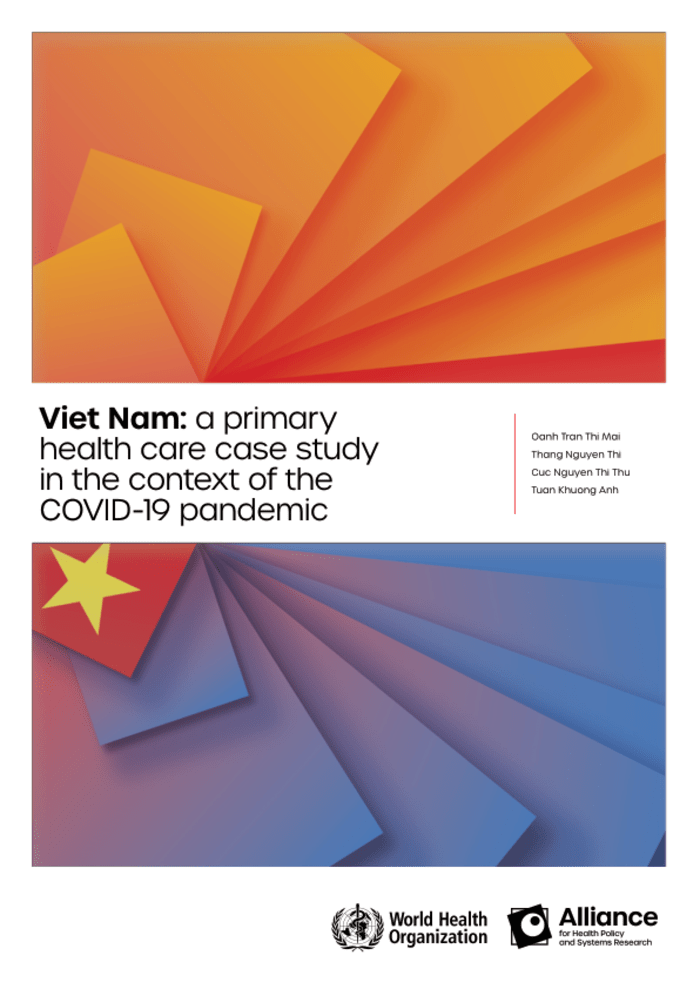Written by Oanh Tran Thi Mai, Thang Nguyen Thi, Cuc Nguyen Thi Thu, Tuan Khuong Anh
executive summary
Vietnam is a low-middle income country located in Southeast Asia with a population of over 97 million people. The purpose of this case study is to incorporate lessons learned during the COVID-19 pandemic from January 2020 to July 2022, explore key aspects of primary health care (PHC) in Vietnam, and explore future and to inform policy and practice.
Vietnam has achieved the goals of the Millennium Development Goals (MDGs). However, Vietnam’s health system is severely affected by the dual burden of infectious diseases and non-communicable diseases (NCDs), with the latter on the rise. Two-thirds of Vietnamese deaths each year.
The current healthcare system operates under a mixed model of public and private healthcare providers. There are mainly three levels of service. This is the central level where the central hospital is located. Provincial hospitals at the provincial level. and at the grassroots level, working with district health centers (DHCs) and commune health stations (CHS). The CHS is considered the basic unit of primary care delivery and serves as the foundation of the national health system. Vietnam has an extensive primary care network. 98.7% of communes nationwide have a health station. 72.7% of the village There are health workers in the villages and 80% of CHSs provide health services under the health insurance system.
Grassroots health facilities (CHS and DHC) play an important role in providing treatment and preventive services.they explain the following 48.4% of total outpatient visits, 49.4% of total hospitalizations. Approximately 70% of insured persons utilize his CHS and DHC medical services, and CHS also provides essential health preventive functions. However, DHCs and CHSs located in disadvantaged areas face challenges such as a shortage of doctors, limited capacity, insufficient funding, shortages of medicines, and inadequate medical equipment. Open referral policies allow insured individuals to seek care from local or higher-level providers, so CHCs do not act as gatekeepers to the health care delivery system.
Governments provide health policy direction, and the active participation of all relevant stakeholders, as it is the responsibility of each individual citizen, the political system as a whole, and society as a whole to protect, manage, and improve people’s health. It emphasizes the need for participation. Multisectoral involvement helps achieve health outcomes. Strengthening grassroots health facilities is a top government priority, as seen in the policy of promoting investments in his DHC and CHS to expand services, staff rotation and capacity of commune health workers. It has become.

